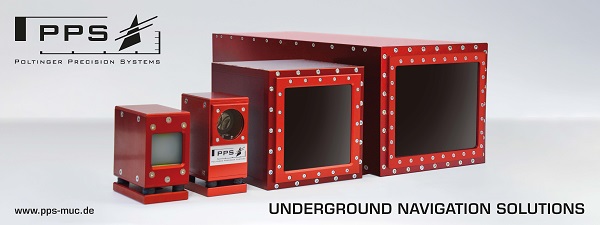Hyundai E&C takes the lead in tunnel mechanization with ‘road header excavation speed prediction model’
Hyundai announced.
Hyundai E&C is taking the lead in the mechanization of tunnels by developing a Korean-style ‘road header excavation speed prediction model’ for the first time in Korea and registering related patents.
Recently, as the concentration of metropolitan areas and large cities intensifies, the living environment such as traffic problems is worsening. Accordingly, the need for a deep tunnel with a space of 40 m or less underground is emphasized for the expansion of the transportation network, and the importance of excavation for safe tunnel construction is increasing.
In general, in the case of excavation, a conventional blasting method using explosives is used, but this has a high risk of accidents due to a poor working environment and has disadvantages such as noise and dust generation. In particular, in downtown areas where high-rise apartment buildings are densely populated, there are frequent complaints due to vibration caused by blasting, which also causes difficulties in construction.
To solve these problems, Hyundai E&C researched tunnel mechanized construction, developed a predictive model for the Korean-style 'roadheader machine excavation speed', and registered a related patent.
A roadheader is a machine used for tunnel excavation, and was mainly used for coal mines and tunnel construction abroad. Compared to large tunnel excavators, it is relatively inexpensive and has a wide range of applications, so its use is increasing in Korea. Since there are not many application cases in Korea, it relied on the excavation speed prediction model developed abroad, but there were limitations due to the nature of the domestic ground, which has a lot of hard bedrock and many complex strata.
To this end, Hyundai E&C conducted R&D on the 'Incheon Metro Line 1 Geomdan Extension Line site' and verified the overseas forecasting model, while developing the Korean-style 'Roadheader Machine Excavation Speed' predictive model considering the characteristics of the domestic ground.
The 'Roadheader Machine Excavation Speed' prediction model developed by Hyundai E&C is ▲Location Condition Review ▲Rock Strength Analysis ▲Roadheader Equipment Specifications ▲Excavation Time Prediction ▲Cutter Consumption and Replacement Time Prediction ▲Roadheader Excavation Time and Construction Cost Calculation etc. is made
First, ▲examine the site conditions to check whether the equipment is applicable, and ▲review the equipment specifications through rock strength analysis.
After reviewing the equipment specifications, ▲predict the excavation speed and cutter consumption according to the equipment ▲calculate the load header time and construction cost reflecting the required work time ▲finally determine whether to apply the loadheader.
Accordingly, it is possible to predict the excavation speed more accurately than the existing prediction model by reflecting the geological conditions of Korea. This is expected to shorten the construction period and improve economic efficiency.
In addition, Hyundai E&Cis taking the lead in the mechanization of tunnels through mechanical excavation equipment, such as conducting various R&D in the TBM (Tunnel Boring Machine) method.
Recently, it developed the TBM Advanced Driving Assistance System (TADAS), which collects and analyzes various data and ground information required for TBM operation in real time, and suggests the optimal operation method to TBM drivers.
Hyundai E&C dedicated the demonstration of the 'TBM integrated operation management system' and applied it to the 'Daegok-Sosa double-track railway site', achieving results of shortening the construction period and reducing construction costs.
In the future, we plan to expand the scope by applying the technology to the ‘Gimpo-Paju site of Highway No. 400’, and we plan to secure core technologies for tunnel mechanization construction through various R&D and maintain our dominance in the market. An official from Hyundai E&C said, “The demand for tunnel construction is increasing due to the increase in demand for GTX lines along with the recent increase in urban railway projects in the city. He said that he would take the lead in the advancement of construction sites.
Original Hyundai Motor Group Newsroom message in Korean is https://www.hyundai.co.kr/news/CONT0000000000064123
cover tunnel photo by: Matt Brown from London, England / CC BY
Copyright 2019-2024 TunnelContact.com









https://www.hyundai.co.kr/news/CONT0000000000064123
현대건설, 터널 기계화 시공에 앞장서다
www.hyundai.co.kr국내 최초 한국형 ‘로드헤더 굴착속도 예측모델’ 개발
TBM 최적 운영 방법 제시하는 ‘TBM 통합운전관리시스템’ 개발
향후에도 다양한 연구개발 통해 터널 기계화 핵심기술 확보할 것 | 현대건설 뉴스